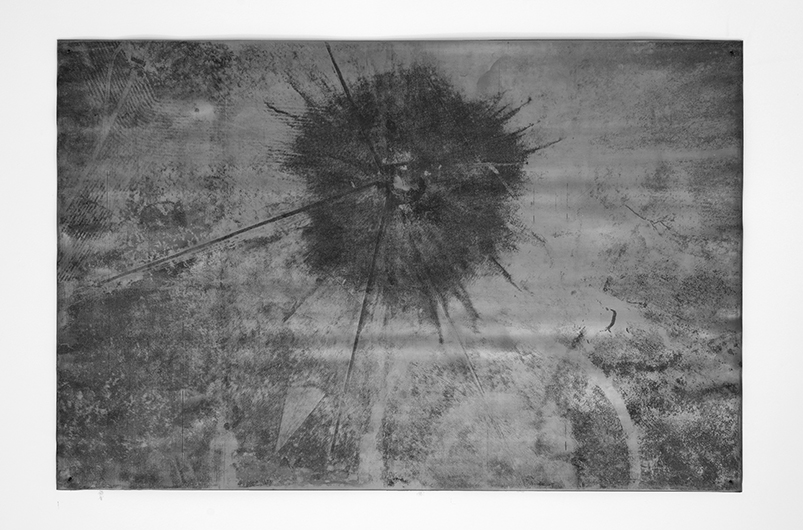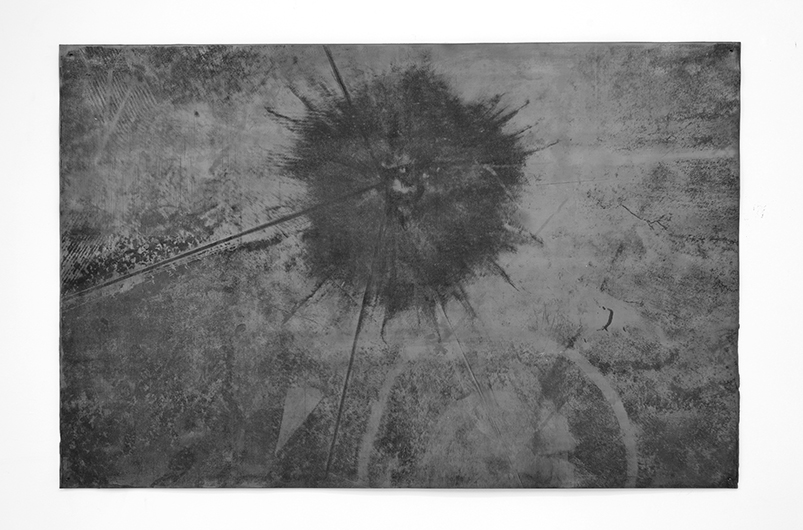Starting on April 21st Z33 presents a small program of events at Atelier Vlaams Bouwmeester in the Galerie Ravenstein in Brussels. The program consists of two research based exhibitions and two discussion events. On April 21st we start with a presentation of artworks by artist Maarten Vanden Eynde that focus on uranium's material traces in the world of global economics. This is the start of a larger research project by Vanden Eynde that is supported by Z33 as part of the Nuclear Culture program. In May a second exhibition will present the Belgian artist Cécile Massart, amongst others. On May 5th a round table discussion will take place together with Cécile Massart and the London-based curator Ele Carpenter. The round table will focus on nuclear infrastructures, waste management and knowledge transfer.
The exhibitions and talks are part of Z33's larger project on Nuclear Culture, a collaboration with curator Ele Carpenter, the Arts Catalyst London and Bildmuseet Umeå.
Dr Ele Carpenter is a curator, writer and researcher in politicised art and social networks of making. She is curatorial researcher in Nuclear Culture with The Arts Catalyst, Senior Lecturer in MFA Curating and convenor of the Nuclear Culture Research Group at Goldsmiths, University of London.
The research and development stage of the Nuclear Culture project was supported by an AHRC Early Career Research Fellowship 2012-13, and Arts Council of England. The Nuclear Culture Project involves field trips, commissioning new work and curating exhibitions, film screenings and roundtable discussions. In 2014 Ele worked with S-AIR in Sapporo to curate the Actinium exhibition, forum and field trips to nuclear sites in Japan.
Ele is curator of: 'Perpetual Uncertainty' Bildmuseet, Sweden (Oct 2016 - April 2017); 'Material Nuclear Culture' KARST, Plymouth (June-Aug 2016); and is editor of The Nuclear Culture Source Book, Black Dog Publishing in partnership with Bildmuseet and Arts Catalyst.
Maarten Vanden Eynde, Trinity Test 1, 2 & 3, 2016
Thinner print on lead, 66 x 100 cm
The first atomic bomb was detonated on a site called Trinity, near Alamagordo, New Mexico (US) on July 16th, 1945 as part of the Manhattan project to develop a new weapon with unprecedented power. Trinity Test is an areal view of the site after the explosion. The black and white image is transferred on a slab of lead, the final stage of uranium. The half-life with which uranium decays to form lead is 4.46 billion years, making uranium–lead (U–Pb) dating one of the most refined and precise methods for radiometric dating. Trinity Test is a triptych dealing with the subjectivity of history and memory, visualizing the inherent different accounts of this world changing event.


